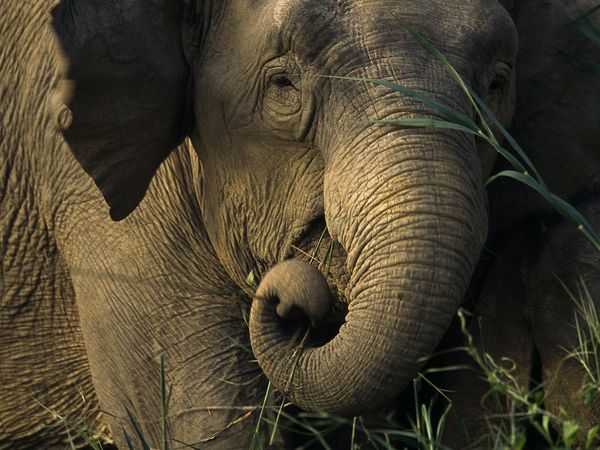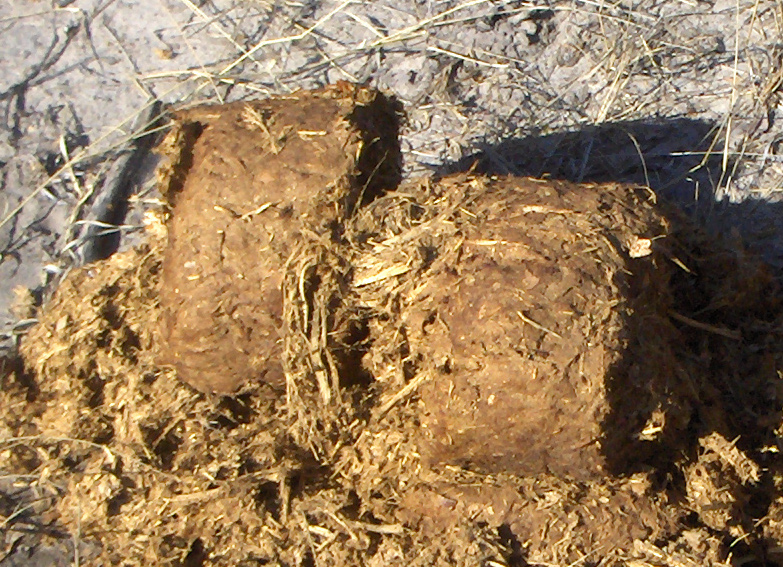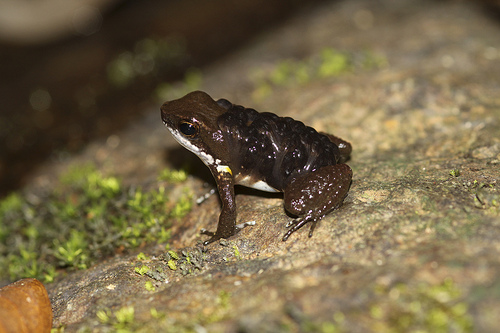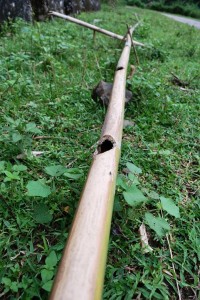Money matters the most to our human civilization! It is the only factor that has made so many species extinct or endangered in Earth. Poaching for money, clearing forests for money driven factors are the main reasons for depletion of wildlife in our beautiful planet. But if human can extract the money from any wild species without harming them, then it will open a new horizon in the movement of saving wildlife. Such an inspirational story is slowly coming into focus from our very own Elephants. And to be precise its the Elephant Dung that making way for Industrial prospects in the South East Asia region! The industrial product from the true waste of this largest land mammal is ‘PAPER’. Unbelievable? But its quiet true!
The story of this innovation starts in different countries in different contexts accidentally. In Thailand, the man behind the Elephant dung paper is Mr. Wanchai. On his way home from work he used to pass a natural paper factory and was impressed at the simplicity of the process that used natural tree fibers to make high quality hand made paper. He then took a trip to the Thai Elephant Conservation Center in Lampang Northern Thailand and saw piles and piles of dung. He looked at the dung and noticed that the dung was very fibrous. This was the birth of the idea.
In India, the Elephant Dung paper, named as “Haathi Chaap” was started in 2003 Mahima Mehra, a psychology graduate and Jaipur-based handmade paper producer, Vijendra Shekhawat. “I and Vijendra were walking up to Amer Fort when the idea of making paper came to me as I saw mounds of elephant waste every few steps. It also has a lot of fibre which is main element of paper making,” says Mahima Mehra. Srilanka and Nepal also are also producing such papers, but the techniques are indigenous and different in each countries.
Elephants apparently have a bad digestive system, which makes their dung highly fibrous. Elephants normally eat 200-300 kgs of plants and excrete more than 50% percent of it. 500 sheets of thin paper can be made out of 15kg of elephant dung. So it can be imagined how much productive is Elephant in Paper Industry!
All handmade paper is made using a fibrous material, and is boiled and beaten to make the fibre pulp. With elephant dung paper, the elephant has done the pulping for us, leaving us to collect the dung, clean it by boiling and steaming so all bacteria are killed, then putting the pulp in a shallow mold as usual. The coarseness of the paper is entirely dependent on the elephants diet, again making no two sheets identical.
These elephant dung papers are already getting popularity and are exported to various western countries. As Elephants are becoming money machines, keeping them alive is also becoming important. Hope this will save lives of many wild elephants along with many trees that are cut down for paper production.











Recent Comments